With the arrival of the iPhone 13 generation, Apple fans finally got a long-awaited gadget - a 120Hz display. In addition, its arrival was already talked about in connection with the iPhone 11. Even then, unfortunately, there were speculations that Apple would not be able to see this project through to the end. Anyway, after years of waiting, we finally got it. Well, only partially. Today, only the iPhone 120 Pro and iPhone 13 Pro Max offer a display with a 13Hz refresh rate. The traditional model together with the mini version are simply out of luck and have to settle for a 60Hz screen.
It could be interest you

When we think about it, we may immediately wonder if there is something wrong. Why such an iPhone 13 is not able to offer a ProMotion display, as Apple calls its screens with a higher refresh rate, when we find it on Pročka. From this point of view, a simple explanation is offered. In short, it is a more modern technology, which is understandably more expensive, which is why it is only used in the best models. We could be satisfied with this explanation only if Apple iPhone models were the only representatives of the smartphone market. But they are not.
Is Apple underestimating the refresh rate?
As we indicated above, when we look at the competition, we can see a significantly different approach to displays. One of the biggest rivals for the iPhone 13 (Pro) is the Samsung Galaxy S22 series, which consists of three models. But if we look at the basic Galaxy S22 model, whose price starts at less than 22 thousand crowns, we will see a fundamental difference in this area - this model is equipped with a 6,1″ AMOLED screen with a 120Hz refresh rate. Of course, in this regard, one can simply argue that Samsung manufactures its own displays and it is easier for it to fit these modern components into the basic flagship model.
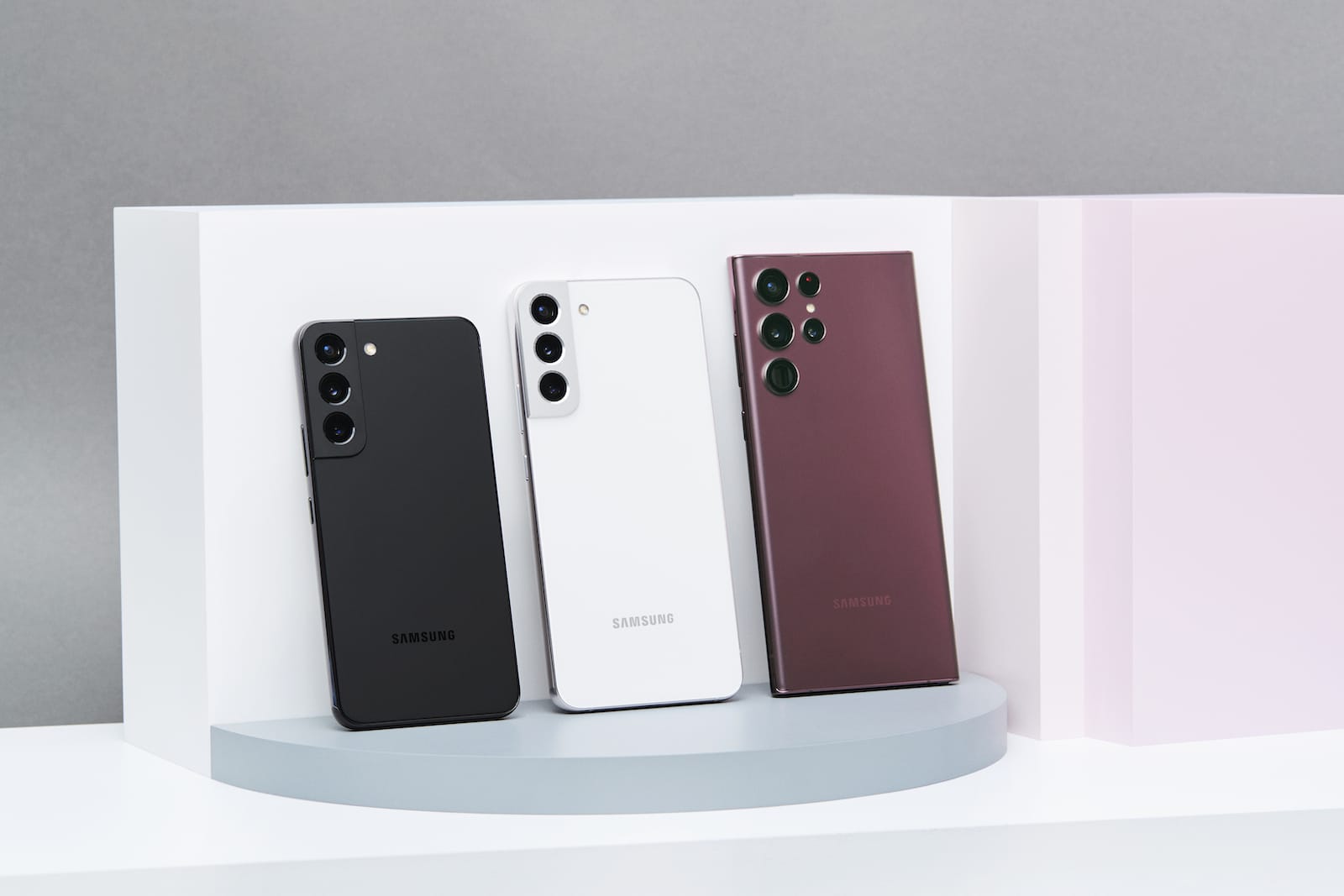
We can definitely see the problem when looking at ordinary mid-range phones. A great example can be, for example, the POCO X4 PRO, which is available in a version with 128GB of storage for less than 8 thousand crowns. This model really pleases at first glance with a high-quality AMOLED display with a 6,67" diagonal and a 120Hz refresh rate. It certainly does not lack in this direction. At the same time, it supports a wide DCI-P3 color gamut, thanks to which it provides first-class visuals even at such a low price. We could list dozens of such phones. For example, the Galaxy M52 5G from Samsung or the Redmi Note 10 Pro model from Xiaomi. Despite the fact that some cheaper models have a 120Hz display instead of 90Hz, which is still a step ahead of the 60Hz iPhone 13.
The importance of display
That is why the question remains why Apple decided as follows - regardless of the fact that it lost recognition later with the 120Hz display anyway. The screen is one of the most important components of mobile phones, and we can simply say that we watch it practically all the time. For this reason, better quality is a top priority. However, in order not only to wrong Apple, we have to admit that even so, Apple phones are proud of relatively high-quality and "lively" screens. However, if we could put a little more life into them, it certainly wouldn't hurt.
It could be interest you
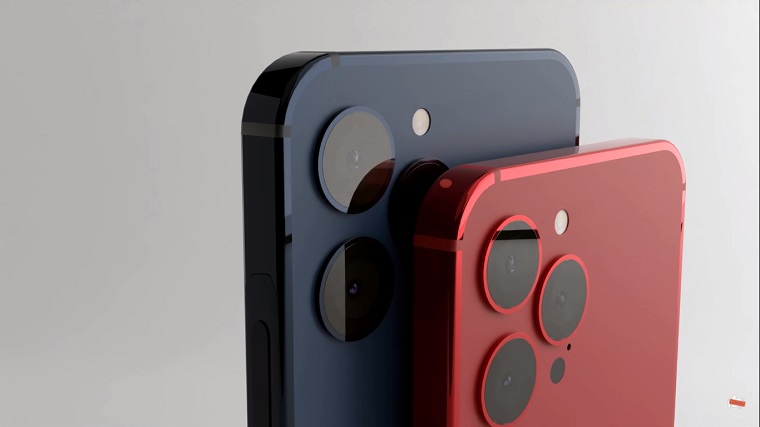
Currently, the question is whether Apple will decide on a change for this year's iPhone 14 generation, and the "livelier" screen will please even those interested in the standard variant. But when it comes to the competition, why not allow something similar to apple sellers who pay a lot of money for their phones? How do you view the importance of refresh rate in mobile phones?
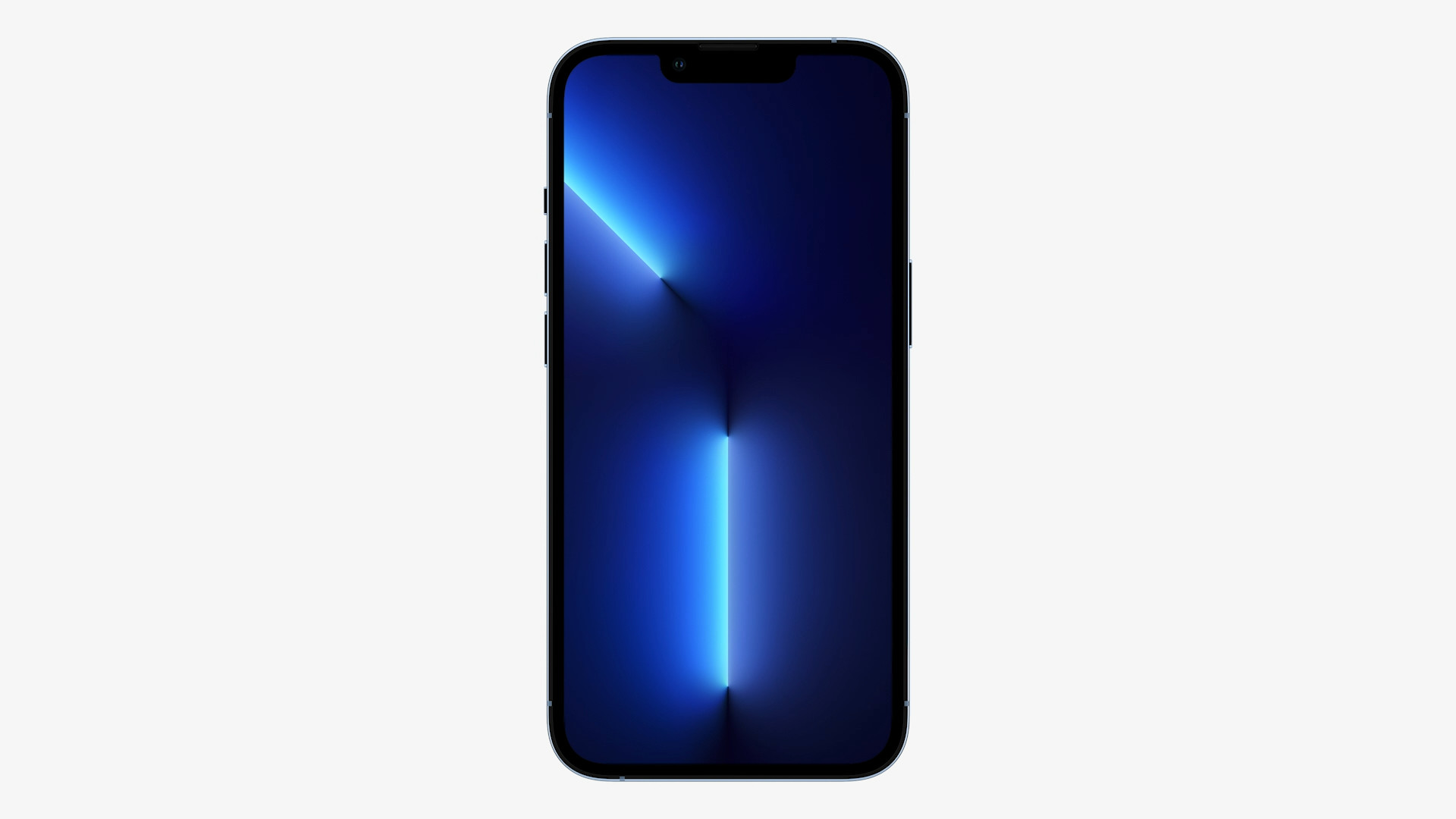

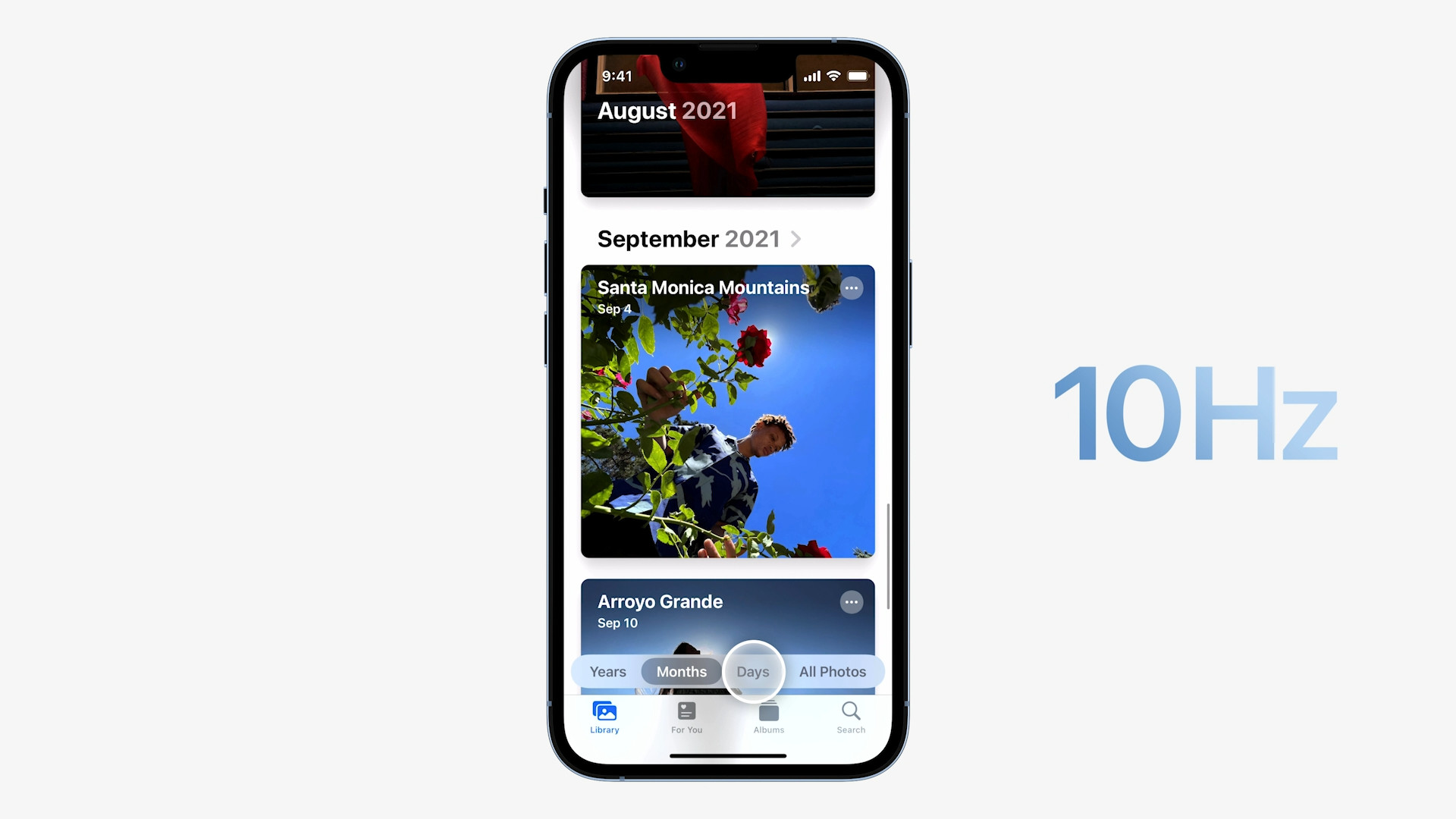


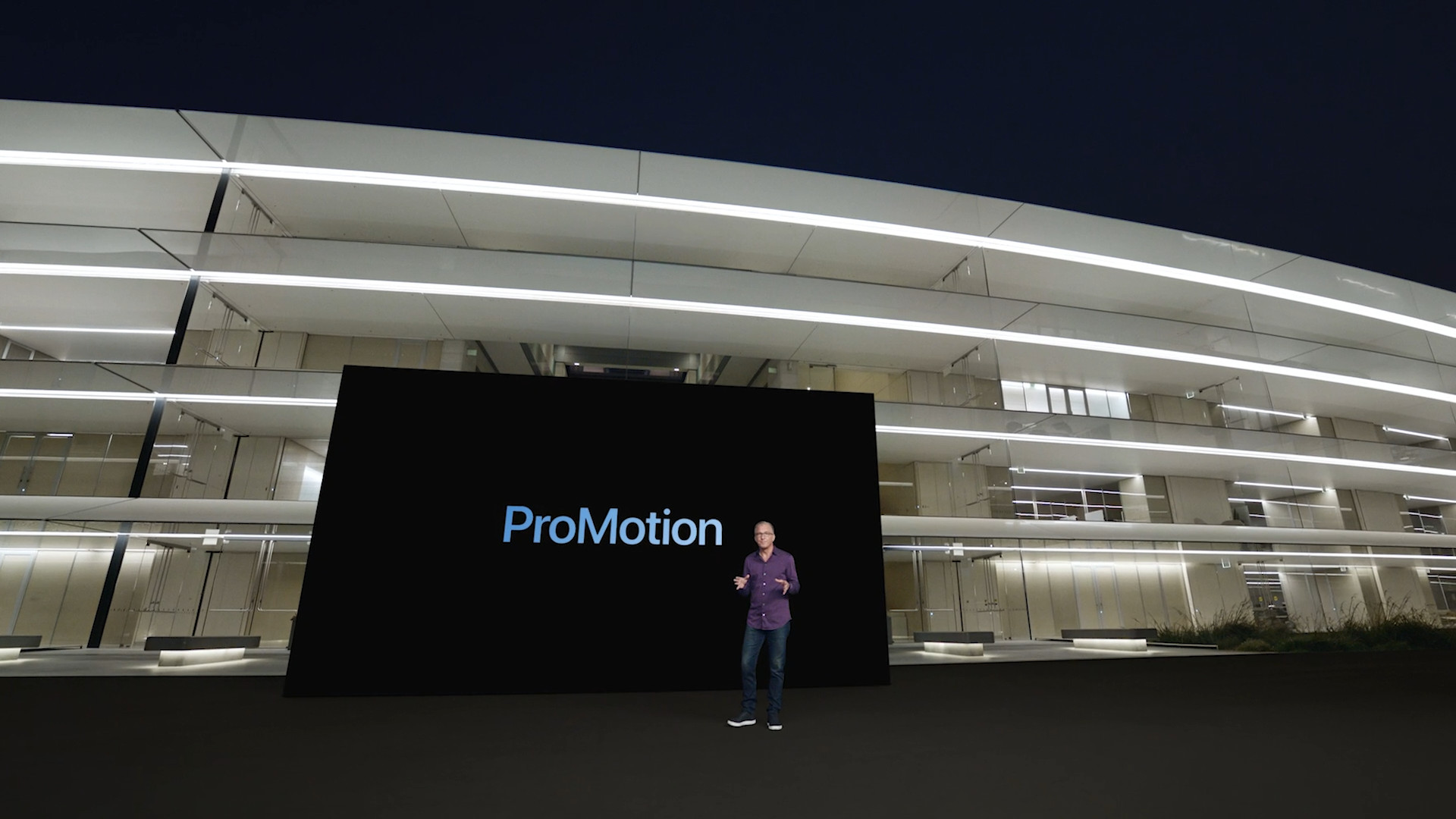
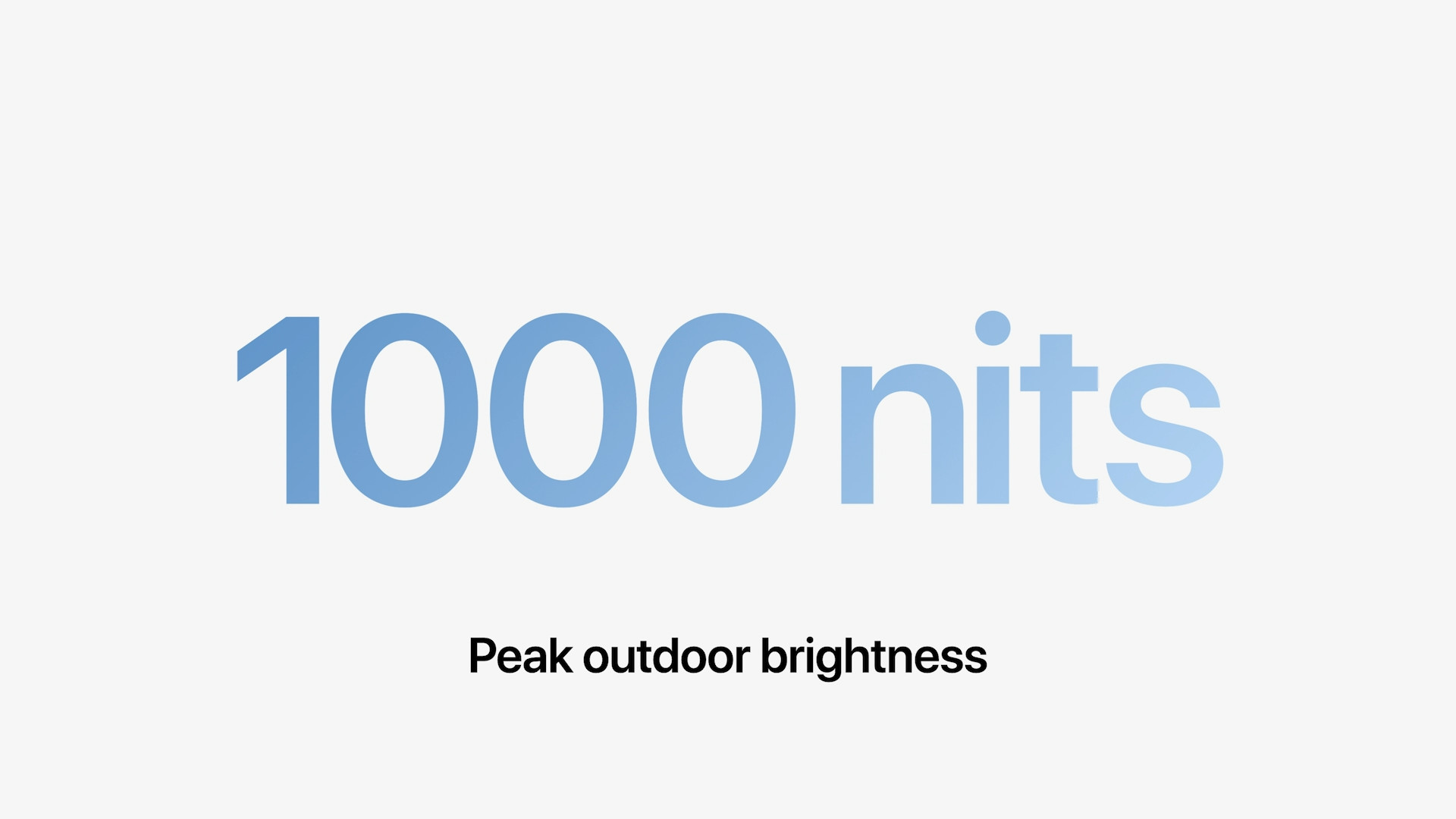

The article is not entirely true.
The technology in the iPhone is definitely much more advanced than in similar Android phones.
And that in the fact that with iOS it is an adaptive frequency.
This means that the display can change the frequency from 10Hz to the mentioned 120Hz depending on the use.
And I see one of the biggest benefits in this area is how incredibly battery-efficient this feature is.
This cannot be said about the Android competition, because here you change the frequency of the display in the settings and the lowest option is 60Hz. So there is no battery saving here.
Of course, the 120Hz display has other advantages as well. However, I personally consider the iPhone's longer battery life to be the biggest benefit of iOS promotion with these displays.
This article is completely missing this information. And at the same time, it is one of the biggest draws of the iPhone 13 PRO.
adaptive but also offers android ;-)
Haha, bye battery life, that's supposed to be a joke, right?